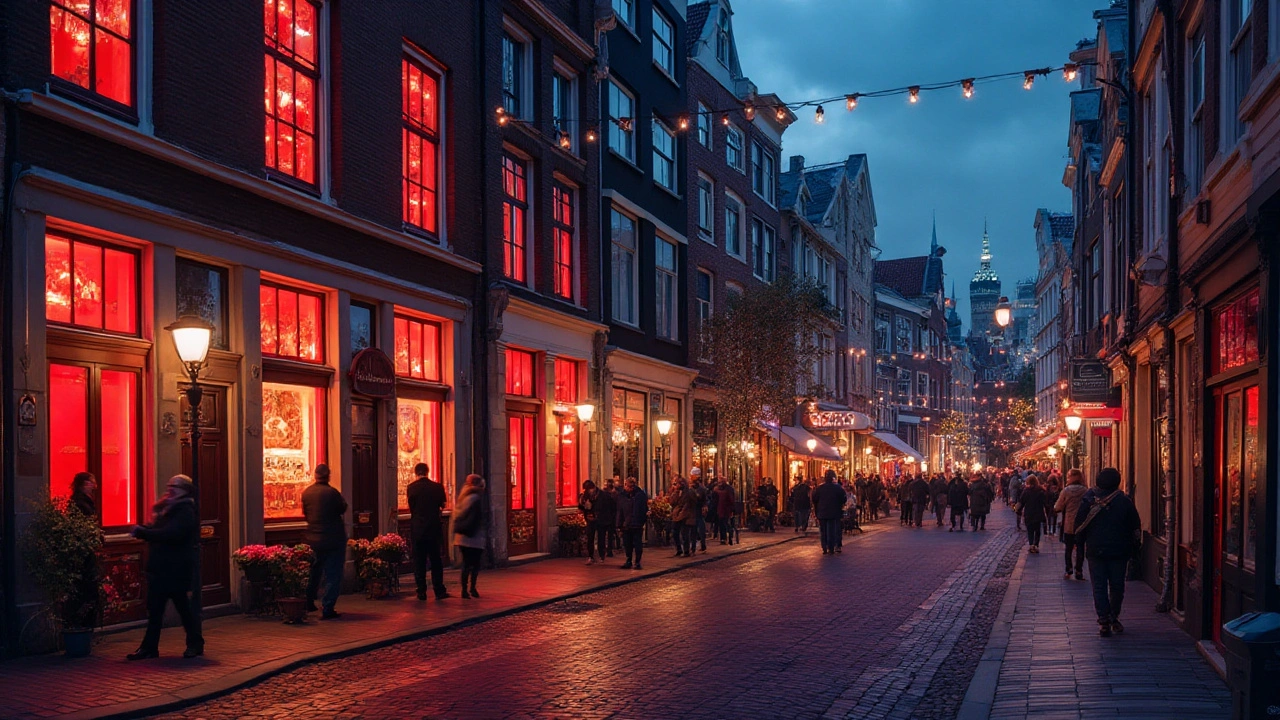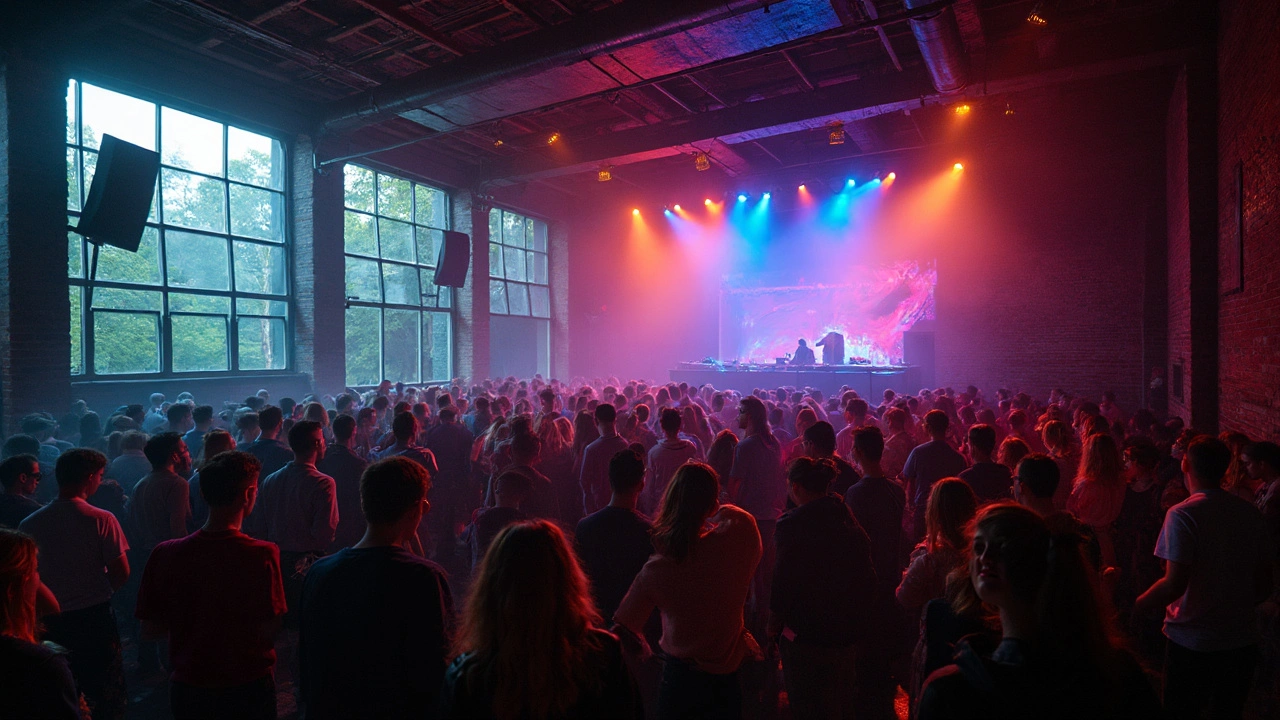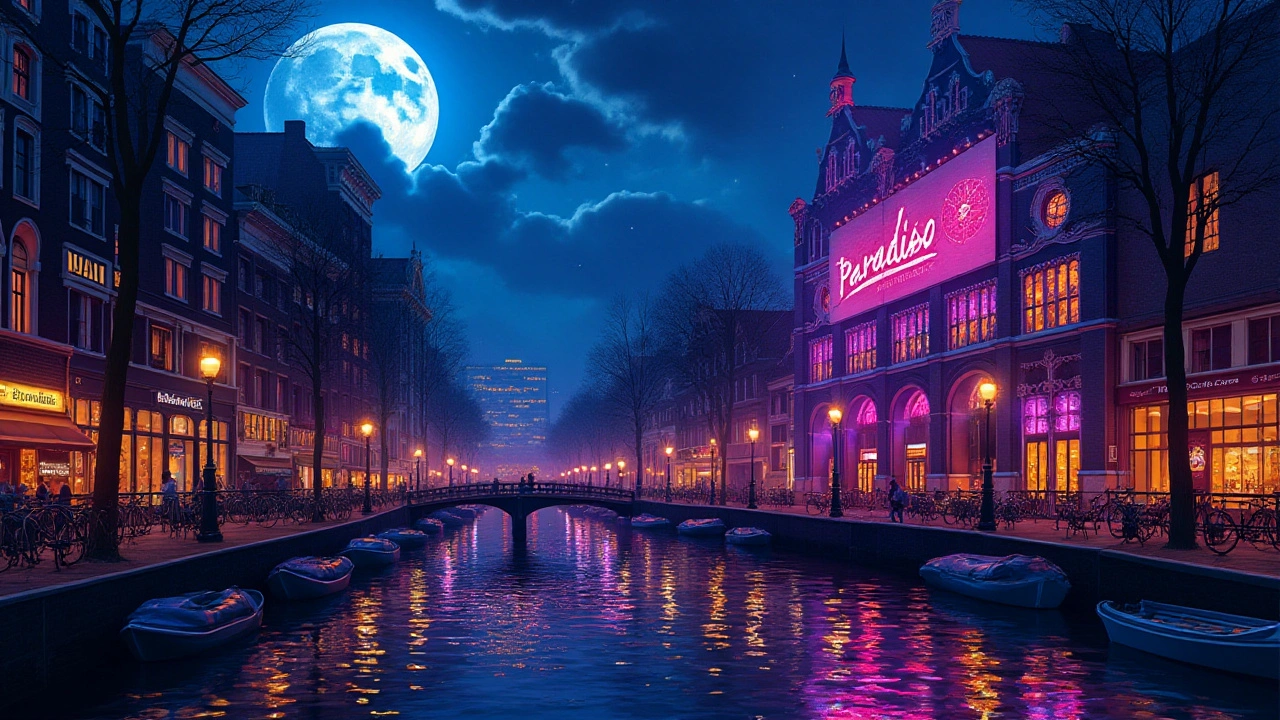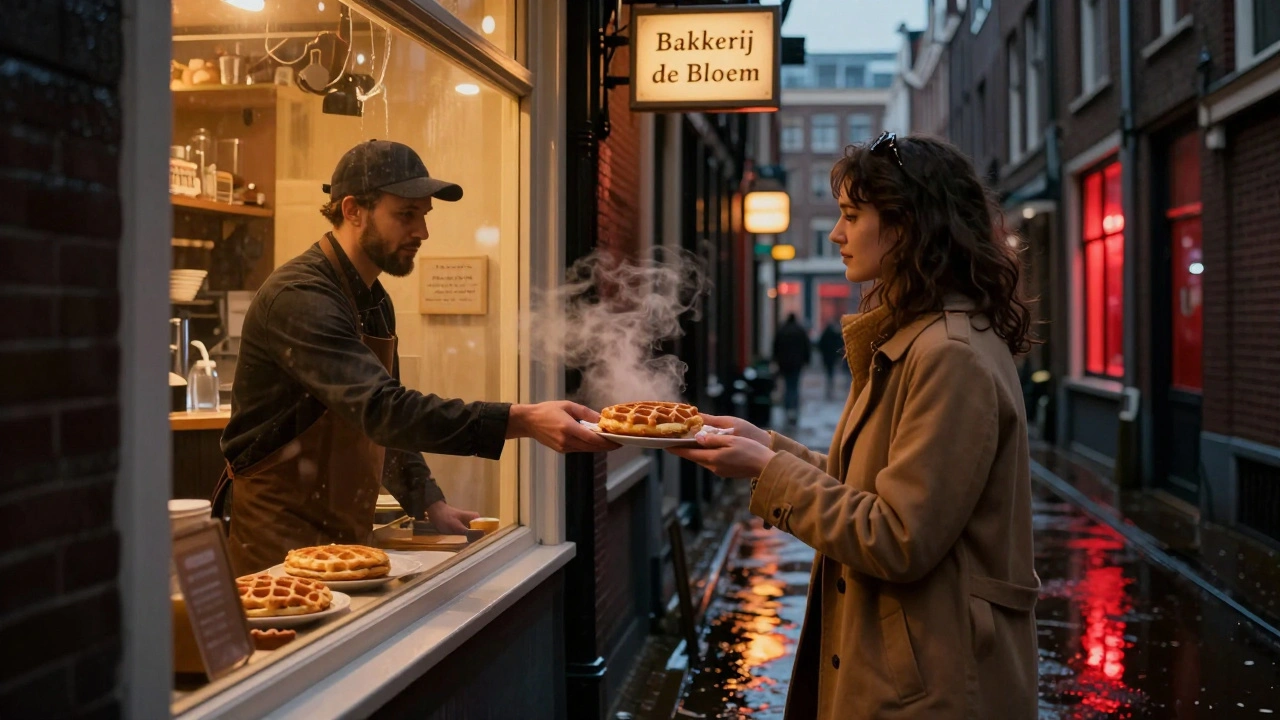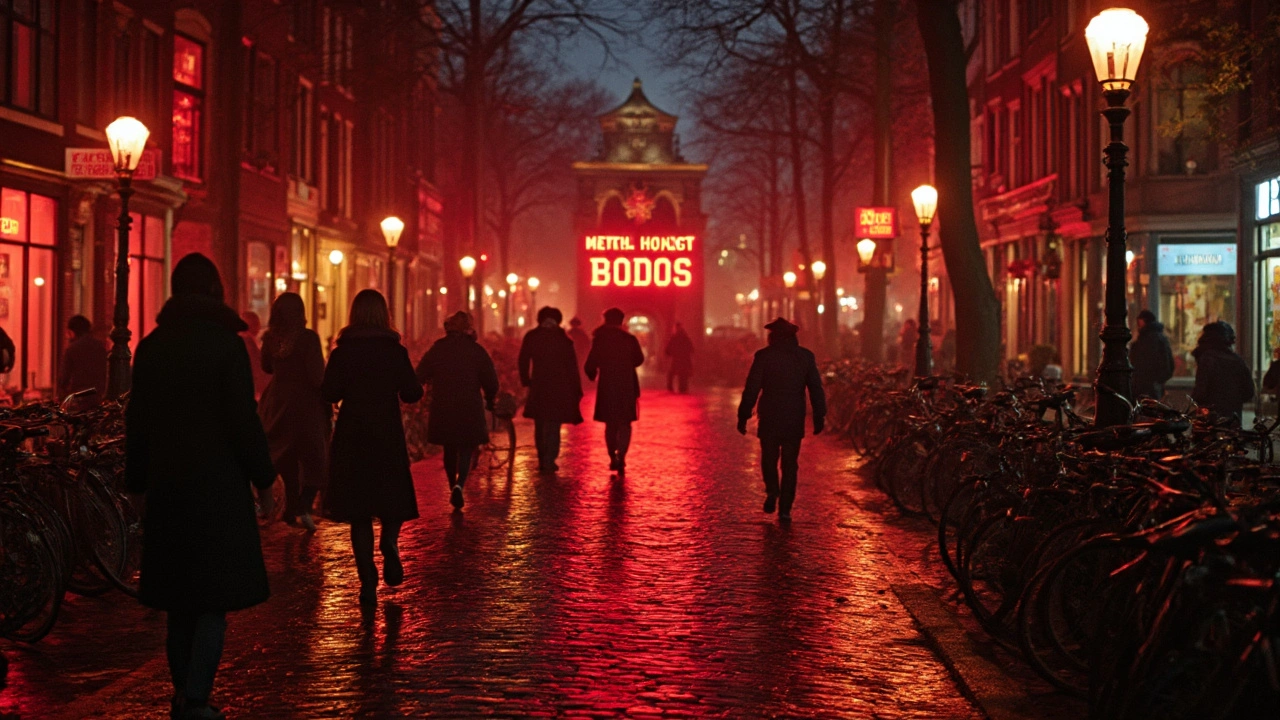
Amsterdam’s Red Light District pulls in millions from all corners of the globe—men and women, singles and couples, day-trippers and late-night wanderers. What’s so magnetic about it? Neon windows glow over historic cobblestones, the canals hum quietly, and everything you’ve heard is true… and completely different from what you expect. The area is both notorious and misunderstood, blending openness with Dutch pragmatism. Here, you’ll find a swirl of history, legality, and a surprisingly casual vibe—people watching, open conversations about sex and consent, wafting cannabis, and a worldwide parade of curious folks. Let’s get into what the Amsterdam Red Light District really is, what's legal, what you can actually do there, and how to make the most of a visit without crossing awkward lines or breaking the rules.
What is the Red Light District in Amsterdam?
The Red Light District, or “De Wallen” in Dutch, is Amsterdam’s most famous neighborhood for legal sex work. Nestled along century-old canals, roughly five minutes from the city’s buzzing central station, it’s home to unique red-lit windows where sex workers legally offer services. But it’s not just about sex. There’s an odd mashup of bars, coffee shops, themed museums, live entertainment venues (think peep shows and sexual health info centers), buzzing tourists, and quirky locals living side by side. The windows are the standout—just head down Oudezijds Achterburgwal, and you’ll spot them glowing at dusk. They’re more than a tourist magnet: for many, these glass-fronted booths have become a symbol of Amsterdam’s liberal attitude.
What makes the Red Light District unique is how public sex work here is. You won’t find this kind of legal, open display anywhere else in the world—at least, not at this scale or with the same vibe of safety and regulation. Prostitution in Amsterdam is legal, tightly regulated, and considered a profession. Both workers and visitors follow well-defined rules. The Dutch are pragmatic about it: as long as nobody’s being exploited and everything is above board, it’s just another service industry in their eyes. That doesn’t mean the district is a free-for-all, though. There’s a hefty amount of oversight by the city, with health checks, licensing, and a focus on safety.
People have flocked here for centuries, but the look and feel have changed. What began as a seedy port-side strip is now a top-visited site, often surprisingly friendly, LGBTQ+ inclusive, and blessed with more police patrols than most areas in the city. While sex is the obvious draw, the Red Light District’s museums (Erotic Museum, Red Light Secrets), ancient churches (Oude Kerk), and atmospheric bars are just as much a part of the experience. It’s a place where people-watching is a sport, and the open conversations stretch past midnight. Nowhere else will you see a 13th-century church, neon hearts, stag parties in matching shirts, and couples pushing prams—all within fifty paces. So, whether you’re curious, nervous, or just plain nosy, you’re welcome to wander.
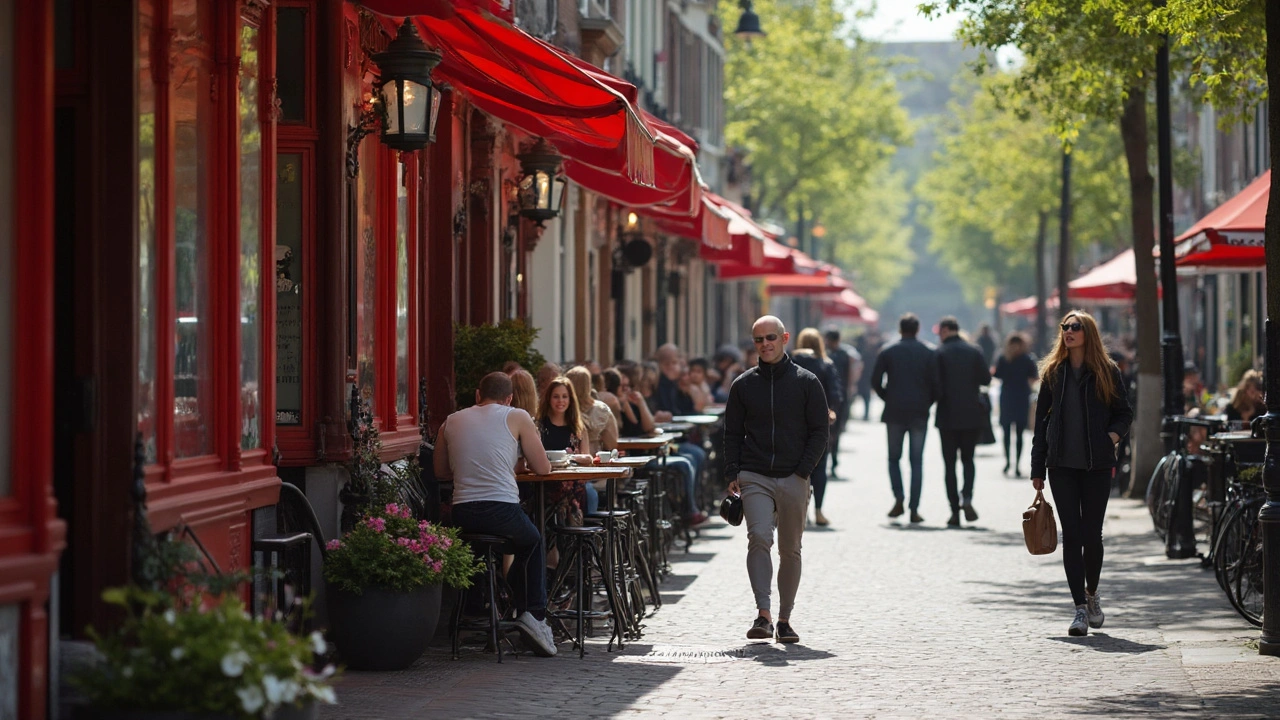
Experiencing Amsterdam’s Red Light District: Laws, Services, and Prices
If you’re imagining a sleazy free-for-all, you’re off. The Red Light District is one of the safest parts of Amsterdam. Here, prostitution is fully legal for adults (18+) as long as all licensing laws are respected. The legal framework was set back in 2000 when window prostitution was officially registered as an occupation. Sex workers rent windows (effectively, workspaces) from licensed brothel owners. Everyone working and every transaction follows strict city ordinances. Health and labor rights are a big deal—every worker is subject to regular health screenings, and violating the rules (such as working below the legal age or being coerced) is cracked down on hard. As a visitor, there are rules for you too: photos of workers are strictly forbidden (not just frowned on—break this one, and you’ll get a swift telling-off, maybe even a phone tossed in the canal). Hanging around without respecting the area or its workers isn’t tolerated.
What are the services? It’s a broad menu. In most windows, you’ll find solo female workers; some have male sex workers, couples, or transgender professionals. Each sets their own rates and boundaries. Don’t expect negotiation—the system’s designed to be quick, safe, and clear. You pay upfront (cash preferred), get a standard time slot (usually 15-30 minutes), and extras cost more (communicated openly before anything starts). Most windows won’t entertain rowdy, heavily intoxicated visitors, and don’t even think about pushing limits you haven’t agreed on. Unique to Amsterdam: you’ll also find speciality services, BDSM studios, and events run by collectives, as well as the “Muze” project—an art tour and interactive museum about sex working life.
The price range? Standard sessions usually start at around €50 for 15-20 minutes, rising with time, requests, or complexity (for instance, role-playing). Special services can hit €100 or more, but prices are always clear and upfront. Compare this with other European cities, and you’ll see that legal, regulated sex work keeps prices steady—cheaper than London, pricier than parts of Eastern Europe, but far safer according to long-term reports. If you’re thinking of venturing in, always double-check you have cash, stay polite, and be ready to move on if a worker or bouncer says no.
The district doesn’t close, but the energy shifts after 2am—early evening is better for sightseeing and bar-hopping, late night for the bolder options. If you want something different, the area offers live sex shows, private strip clubs, and guided walking tours. There are group experiences, LGBTQ+ themed events, and even kink workshops. It’s pretty much the only neighborhood in Amsterdam where every adult curiosity finds some legal expression.
Curious about demand? Amsterdam’s Red Light District stays popular. Before the pandemic, the area saw an estimated 800,000–1 million visitors per year just for “window shopping” (and that number’s rebounding fast in 2025). The Dutch themselves tend to see it as unremarkable—a functional, tax-paying part of the city, no different from any regulated nightlife. But most actual clients are tourists, with regulars including British, German, and Italian visitors. The local mood is “live and let live,” but there’s an increasing push for respect toward both workers and longtime residents, especially as civic pride in the area grows.
The city government started tightening regulations in recent years. From 2019 onwards, certain streets have seen a reduction in windows, more crowd control, and targeted campaigns to reduce nuisance. A possible move to relocate parts of the district outside the city center has sparked heated debate. But for now, De Wallen remains as iconic as ever, just with more cameras (for safety, not photos) and stricter codes than a decade ago. Here’s a quick snapshot of current Red Light services and prices:
| Service | Starting Price (EUR) | Duration | Extra Charges |
|---|---|---|---|
| Standard Window Visit | 50 | 15-20 min | Negotiated extras |
| BDSM/Roleplay | 80-150 | 30 min+ | Varies by session |
| Private Club Show | 35 | Entry fee | Drinks/Upgrades |
| Guided District Tour | 25 | 90 min | Special themes extra |
Money tips? Always carry cash, know your limits, and if something sounds too cheap or sketchy, walk away—that’s a sign it’s not licensed. Legitimate workers never hawk for business outside their windows. If you’re pre-booking online (some agencies do this, for VIP or privacy reasons), check you’re dealing with an official website—no shortcuts, and beware of scams. Tipping is welcome but not required. Treat everyone—workers, residents, staff—with genuine respect and you’ll rarely have a problem.
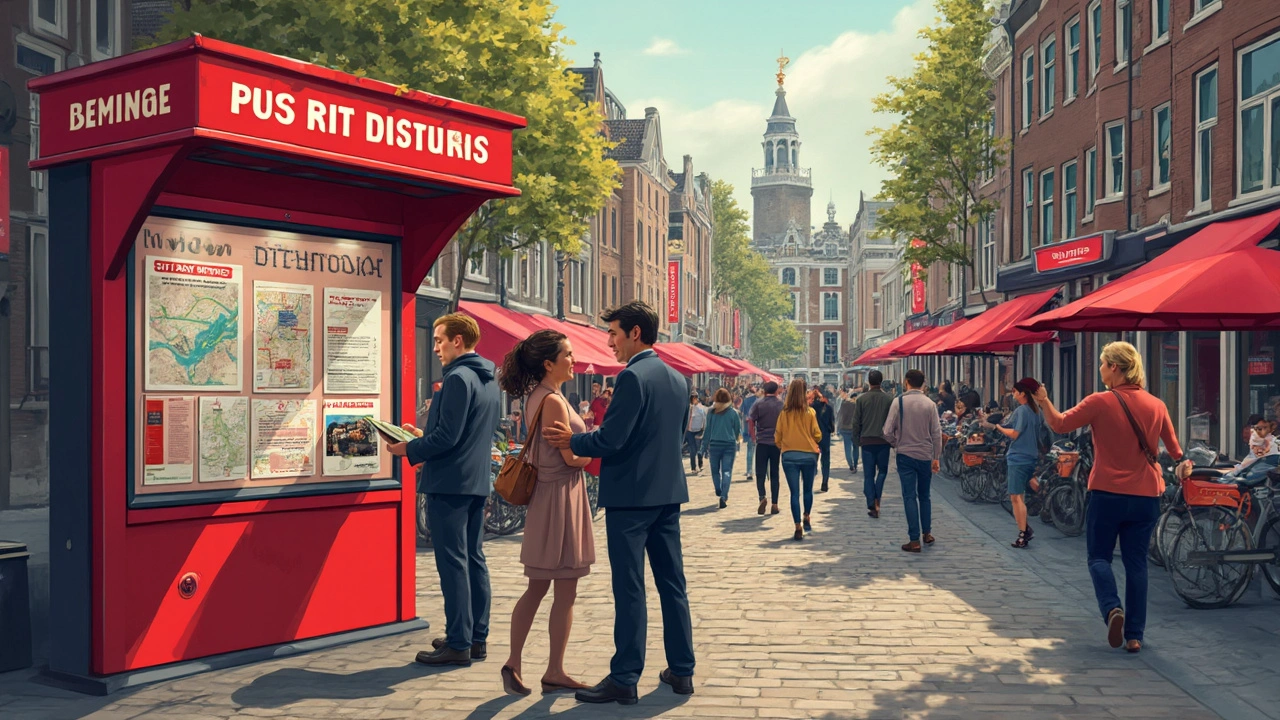
Getting Respect Right: Etiquette, Myths, and Local Attitudes in De Wallen
For first-timers, the Red Light District can feel like another planet. Respect and etiquette matter far more than being cool or suave. The number one rule: never take photos of workers or windows. If you absolutely have to get that canal shot, make sure no windows (lit or unlit) are in frame, or you’ll stand out as a clueless tourist. Workers do not tolerate rudeness, drunkenness, or aggressive hagglers—the vibe is more business meeting than wild party. If you want to approach, make eye contact and wait for a nod. If she opens the door a crack, you’re welcome to chat about rates. Everything is over quickly and professionally; nobody expects drawn-out chats or romance stories. Most interactions are clear: pay up front, keep things direct, and watch for red ribbons or signs indicating specialities. If the connection doesn’t feel right, nobody expects you to stay—no hard feelings either way.
Thinking of bringing a date or a group? That’s fine too. Couples are common, and it’s more common than ever for women to explore the Red Light District on solo night walks or with friends. Security (and CCTV) is everywhere. For those looking for more privacy, high-end escort agencies—also fully legal—offer the option to book a discreet meeting off-site, usually at hotels or apartments. These services tend to cost more (starting at €200 and up per hour), but they bring an extra layer of privacy. There are also regular events, themed parties, and fetish workshops open to all—so the district isn’t just about one-on-one encounters.
People assume the Red Light District is stigmatized, but the reality is nuanced. Most locals find its openness nothing special. In fact, the Dutch approach—direct, honest, rules-based—is why sex work here has fewer risks, higher worker satisfaction, and less exploitation than almost anywhere else. Studies by the University of Amsterdam show that workers in window prostitution report above-average job satisfaction compared to other countries in Europe, thanks to labor rights, public oversight, and community support. Still, there is plenty of debate: some residents want stricter controls due to rising crowds and nuisance, while others argue it keeps everyone safer out in the open.
Compare this to Hamburg’s Reeperbahn or Brussels’ Rue d’Aerschot: Amsterdam’s Red Light District is both more visible and more orderly. The experience is shaped by Dutch laws: no brothel can advertise outside licensed locations, no “flashing neon” or aggressive touts, and every premises must have clear info on health and rights, available in multiple languages. Don’t expect a party street; you’ll find quiet patches, especially mid-morning or on rainy days, when it almost feels like an ordinary, pretty old city district (save for a few pink-lit windows). The area is always evolving, and the city openly discusses possible reforms—including plans to reduce window numbers or create new “erotic hubs” further from the old center.
If you want to move beyond the window displays, there are educational and wild options alike. The Red Light Secrets Museum, set inside a former brothel, lets you see the district from behind the glass, offering a rare insight into what daily life is like for workers. The museum is both honest and surprisingly moving—no politics, just stories and day-in-the-life details.
As for safety, stick to the main streets at night. Violent crime here is rare (the area is more policed than most of the city), but petty scams—pickpocketing, fake “workers,” or illicit street deals—can happen if you wander into unlit alleys after 3am. The best advice: do what the locals do. Walk with confidence but don’t ogle, treat every worker with respect, and stay aware of your surroundings. Want to try a guided tour? Many local companies run both night and daylight walks—these can give you a sense of the history, the changes, and the real voices of the district, all in a more relaxed and safe setting.
- Never photograph workers or lit windows—ever.
- Don't touch or knock on windows unless invited.
- Cash is king—few venues accept cards.
- Ask about limits, time, and services straight away—no Dutch person likes a time-waster.
- If you sense something’s off, excuse yourself politely and move on.
- Be mindful after dark—keep wallets zipped, avoid strangers offering cheap deals.
- Explore the museums or historical sites—the Oude Kerk is literally inside the district.
- Avoid heavy drinking if you plan to visit a window—it’s grounds for workers to say no.
Stigma? Workers are protected under Dutch labor law and have access to unions, legal help, and health services. Still, media and politics spin a thousand stories about what goes on here. Kids do live in the area, families walk dogs alongside bachelor parties, and actual violence is rare. For Amsterdamers, it’s less “sin city” and more a quirky part of city life—just with a few extra rules.

